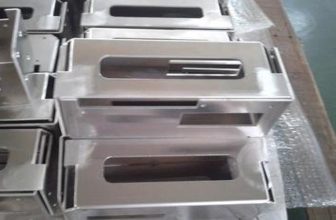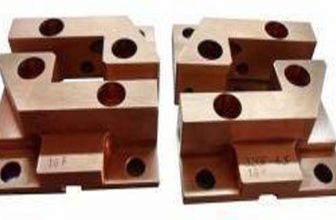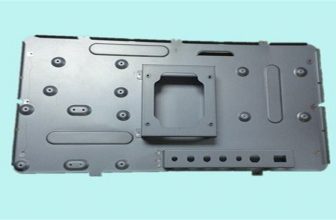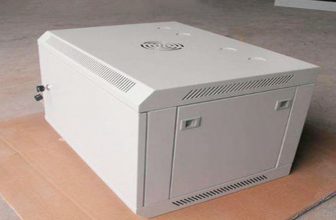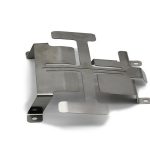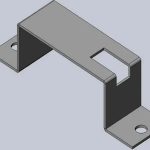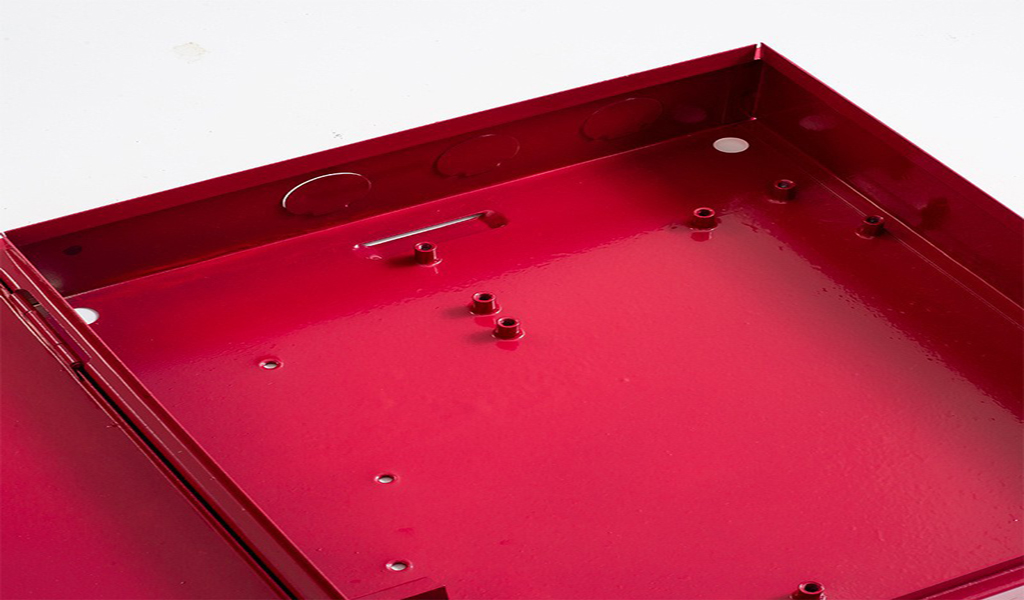
The body structure and materials of automobiles vary greatly, and the application of load-bearing body is gradually promoted. Therefore, the requirements of body repair technology are getting higher and higher. The sheet metal repair process not only requires the shape of the car body to be restored, but also ensures that the performance of the repaired body is close to the state before the car damage, so as to avoid the occurrence of secondary car accidents.
There are five main methods for repairing automobile sheet metal parts: knock-out repair method, prying repair method, stretching repair method, heating shrinkage method, and pleating method.
1. Knock out the repair method
For small-scale local protrusions and depressions, single, small and shallow protrusions and dents can be repaired by knocking out, so that the metal can be extended and deformed and returned to its original shape.
2. Pry roof repair method
Use a trowel (or a spoon-shaped plate) and a pointed tool (such as a variety of prying picks) to pry the top of the depression, so that the depression gradually returns to its original shape.
3. Tensile repair method
Using a pull-out device to pull out the sag is also one of the commonly used sag shaping methods. The pull-out device includes a suction cup, a pull cylinder, and a special puller. The pneumatic dent puller has a suction cup at the end to create a vacuum, and the force exerted by the inertial hammer pulls the metal dent back to its original shape. The screw at one end of the pull-rod puller is screwed into the pre-drilled hole in the concave part. Holding the handle with one hand and pulling it repeatedly, the concave can be eliminated, and then the through hole is blocked with filler. In order to avoid the inconvenience caused by drilling, you can also use a pin instead of a screw in the spot welding of the recessed part, and then use a tool to cut off the welding point after pulling out, so as to maintain the integrity of the metal surface.
4. Heat shrinkage method
The midpoint of the depression of the sheet metal is rapidly heated locally, and the steel plate expands to the surrounding with the heating point as the center during the temperature rise process, generating compressive stress to the surrounding. When the temperature continues to rise, the steel plate becomes red and softened locally, which relieves the pressure in the central area and restores the deformation of the surrounding steel plate. The red-hot area is compressed and thickened, and the surrounding steel plate can be freely deformed and stretched to restore its shape. For the local heating point, it can be sprayed with water suddenly or applied with a damp cloth, so that the heating part is suddenly cooled, the steel plate shrinks immediately, and the central part generates a tensile load on the periphery, and the periphery is strongly stretched to the center, which is different from the deformation generated during the deformation process. The compressive loads are cancelled out to restore the original shape.
5. Pleating method
The pleating method is a method of dealing with tensile deformation. It does not cause the metal to undergo heat shrinkage deformation, but uses a hammer and an anvil to make some pleats at the tensile deformation part. During operation, dislocate the hammer and anvil, and tap lightly with a pick hammer to make the part pleated. The pleated part will be slightly lower than the other parts. After filling, use a file or gravel paper to sand this section flush with the rest.
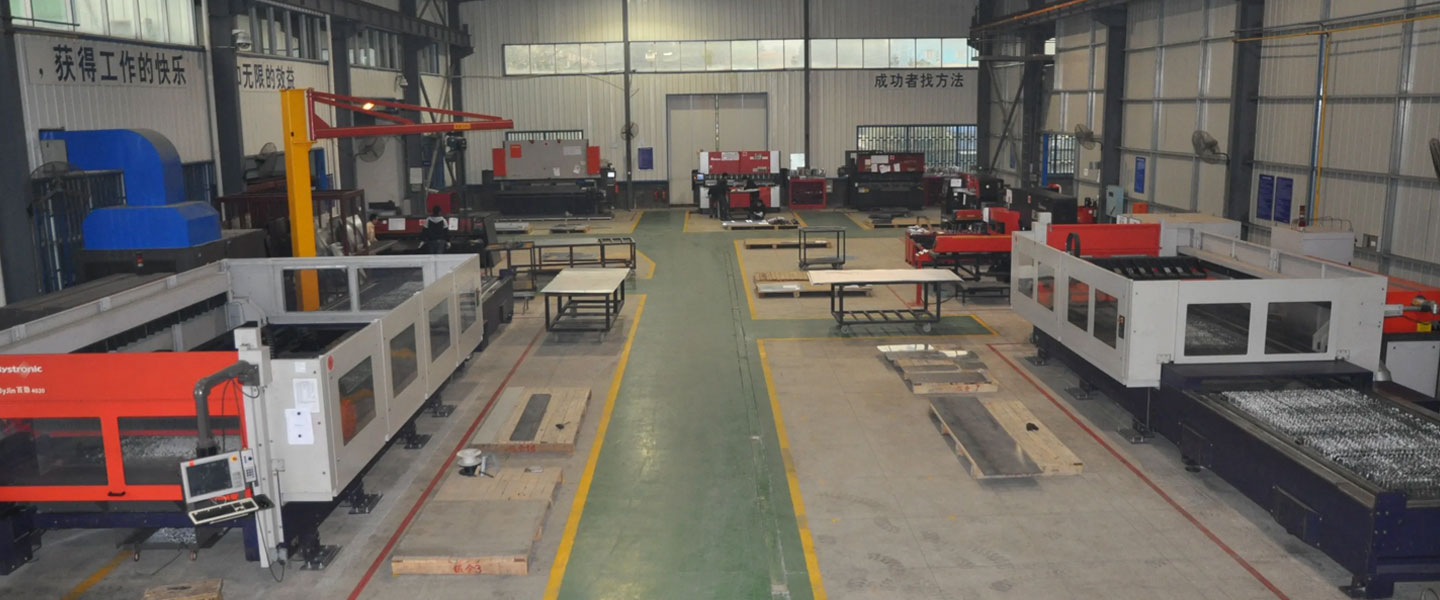
Pintejin Sheet Metal shop offers a cost-effective solution for a wide range of industries with our custom metal stamping and custom sheet metal fabrication capabilities. Our stampnig operations include a variety of sheet-metal forming manufacturing processes, such as punching, blanking, embossing, bending, flanging, and coining. Our professional, experienced and well-trained engineers can execute the complex metal stamping operations with precision and accuracy.
No matter what your metal fabrication needs are, Pintejin can offer the right solution: from single sheet metal part or sub-assembly of stamped metal parts to turnkey solutions for mechanical and electrical assemblies. We have the technology, equipment and the experience to fabricate customised metal products from aluminium sheet metal fabrication, steel, zinc plated steel, stainless steel sheet metal fabrication, brass and copper. Designs that require CNC machining of surfaces or components can be accommodated. We can supply polished, galvanized, zinc coated or powder coated finishes for any sheet metal work or stamped metal components. Coupled with our accurate and reliable metal fabricating equipment, we guarantee precision and repeatability in custom sheet metal work. You’ll be taking advantage of the best sheet metal fabrication china can produce.



